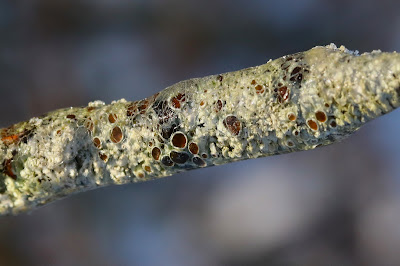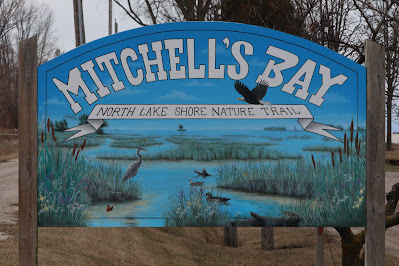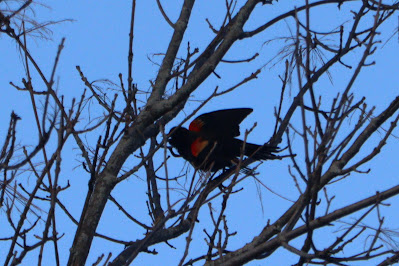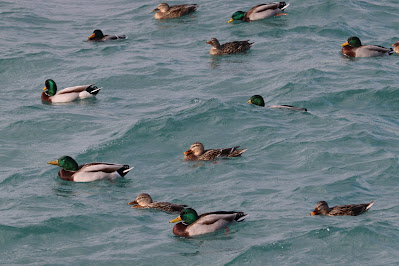Natural White!
I visited the Desjardins Canal again and discovered many white critters! Larger and plumper than a Mourning Dove, Rock Pigeons are tubby birds with small heads and short legs. There is a lot of colour variation in individual birds.
https://www.allaboutbirds.org/guide/Rock_Pigeon/id
Although Mute Swans are commonly found at the canal, today a pair of Trumpeter Swans joined the party. The yellow tag is one of the best field marks for separating Trumpeter Swans from Tundra Swans. 😉 The swan on the right has managed to escape capture and is therefore "tag-less"! Trumpeter Swans have expanded their range in recent years as they continue their comeback from near-extinction. The species now nests across a broad area of the Midwest and Great Lakes.
https://www.allaboutbirds.org/guide/Trumpeter_Swan/overview#
A lot of their time was spent with submerged heads as they scoured for plants. In the lower photo, the neck, head and beak are all visible under the water.


















































